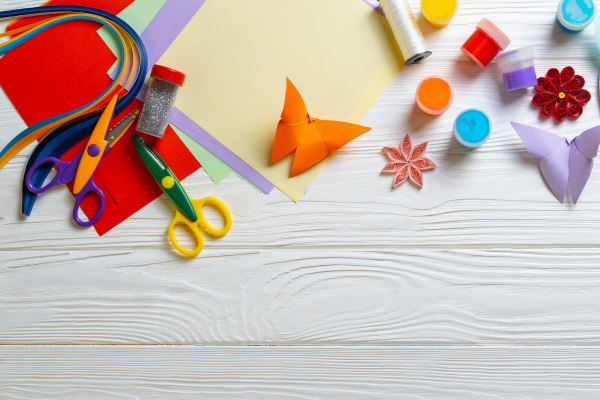
Have you ever witnessed the pure joy on a child’s face during playtime? It’s more than just fun and giggles; it’s a powerful learning experience. Play helps children develop essential skills like communication, social interaction, emotional regulation, and even cognitive abilities.
However, for children with Autism Spectrum Disorder (ASD), traditional play activities might not always be effective. Sensory sensitivities, communication challenges, and difficulties with social interaction can turn playtime into a frustrating experience for both the child and the parent.
This is where the magic of DIY (Do-It-Yourself) activities comes in. By creating personalized and engaging experiences, parents can transform playtime into a powerful tool for supporting their child’s development in a safe and nurturing environment.
1. Sensory Scavenger Hunt
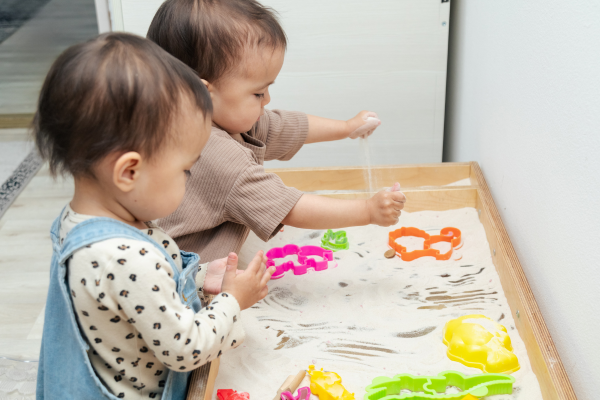
Sensory overload is a common challenge faced by children with ASD. This activity provides a safe and controlled way to explore different textures, sounds, and sights.
- Preparation: Gather a variety of objects with distinct textures (soft, rough, smooth, bumpy) – cotton balls, sandpaper squares, play dough, etc. Collect items with different sounds (bells, shakers, crinkly paper). Include objects with contrasting colors and shapes.
- The Game: Hide the objects around the house or in a designated area. Create a list with clues that focus on the sensory aspects of the objects (e.g., “Find something soft and fluffy,” “Find something that sounds like rain”). Encourage your child to use their senses to locate the hidden items.
Benefits: This activity promotes sensory exploration in a controlled environment. It helps children identify and describe sensory experiences, improving their communication skills. Additionally, it encourages exploration and problem-solving, building confidence and a sense of accomplishment.
2. Sensory Obstacle Course
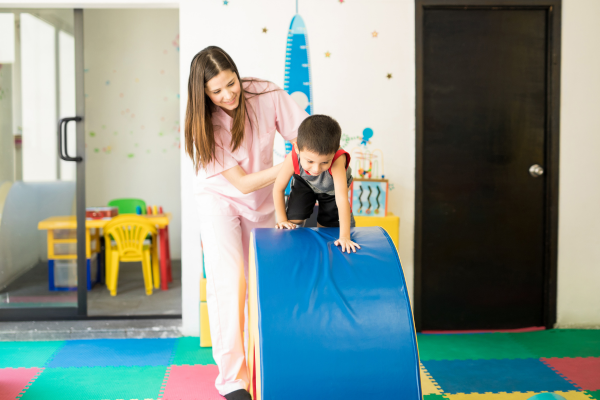
- Preparation: Set up a safe obstacle course using pillows, blankets, chairs, tunnels (created with blankets or sheets draped over chairs), and other household items. Incorporate different textures (soft, bumpy, smooth) and consider adding visual cues (brightly colored objects) for additional sensory stimulation.
- The Activity: Guide your child through the obstacle course, encouraging them to describe the different sensory experiences (e.g., “The blanket feels soft,” “The tunnel is dark”). You can also add challenges like crawling, hopping, or balancing on one foot.
Benefits: Provides proprioceptive input (body awareness) and vestibular stimulation (sense of balance), while encouraging communication and motor planning.
3. DIY Sensory Play Dough
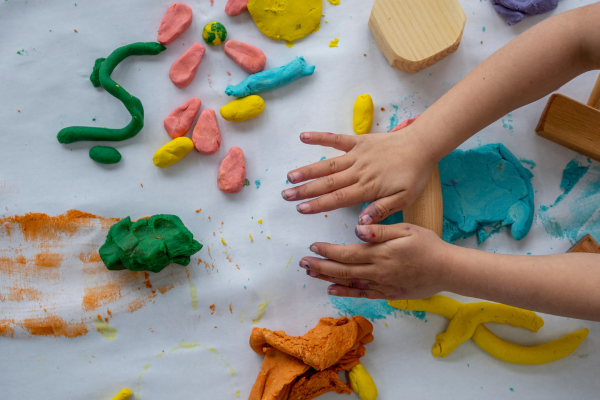
Play dough is a fantastic tool for sensory exploration and fine motor skill development. By creating homemade play dough with your child, you can personalize the experience to cater to their specific sensory needs.
- Preparation: There are many online recipes for homemade play dough that use safe and readily available ingredients (flour, salt, oil, water, food coloring). You can adjust the texture of the dough by adding ingredients like glitter for extra visual stimulation or essential oils for a calming scent.
- The Activity: Work together to mix the ingredients and knead the dough. Let your child explore the different textures and experiment with creating shapes and figures.
Benefits: Creating play dough together fosters parent-child bonding and provides a shared sensory experience. The activity improves fine motor skills and hand-eye coordination. Additionally, the personalized texture of the homemade dough caters to your child’s unique sensory needs.
4. Fort-Building Frenzy
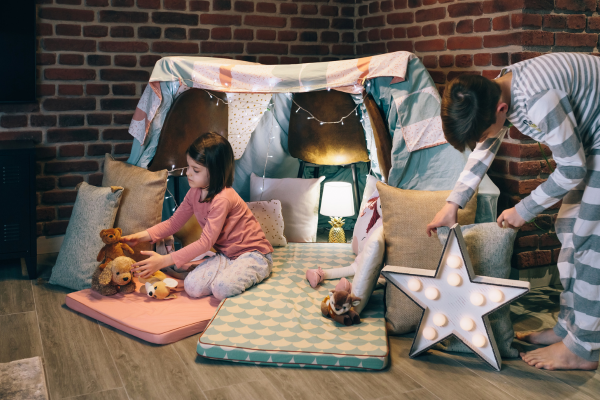
- Preparation: Gather blankets, pillows, chairs, and any other safe, sturdy objects.
- The Activity: Work together to build a cozy fort! Encourage your child’s imagination and let them take the lead in designing the structure.
Benefits: Fosters creativity, problem-solving skills, and collaboration. Building a fort can also provide a safe and calming space for your child.
5. The Emotional Charades Game

Understanding and expressing emotions can be a challenge for children with ASD. This playful activity helps them identify and communicate their emotions in a fun and engaging way.
- Preparation: Write different emotions on small pieces of paper (happy, sad, angry, frustrated, excited). Fold the papers and place them in a bowl.
- The Game: Take turns picking up a piece of paper and acting out the emotion without using words. The other person has to guess the emotion being portrayed. Once the emotion is guessed correctly, discuss different scenarios where that emotion might be felt.
Benefits: This activity helps children with ASD identify and label different emotions. Acting out the emotions allows for a more embodied understanding, while discussing scenarios reinforces this understanding in a practical context.
6. Matching Game Mania
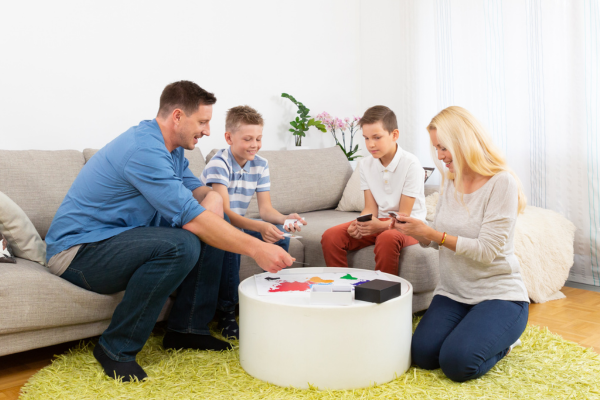
- Preparation: Find or create pairs of matching objects related to your child’s interests (toy cars, animals, food pictures). You can also use flashcards with emotions or social cues.
- The Activity: Spread the objects face down on a table or floor. Take turns flipping over two objects at a time, trying to find a match. If a match is found, encourage your child to name the object or describe the emotion/social cue on the card.
Benefits: Improves memory, focus, and visual discrimination skills. It can also encourage turn-taking and communication.
